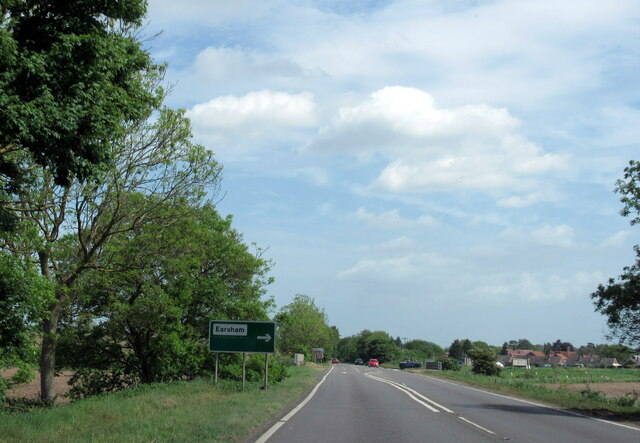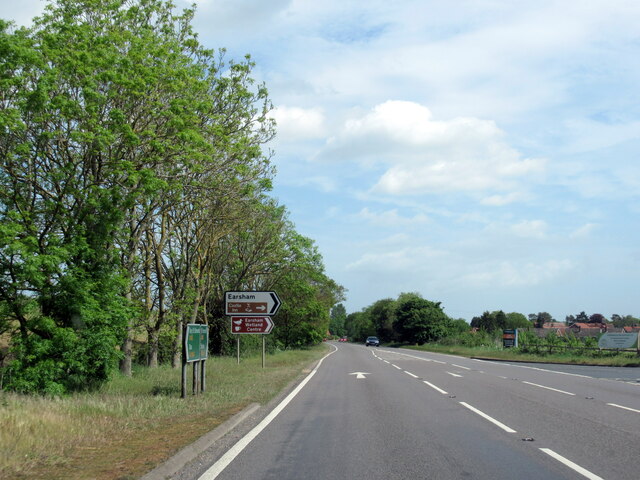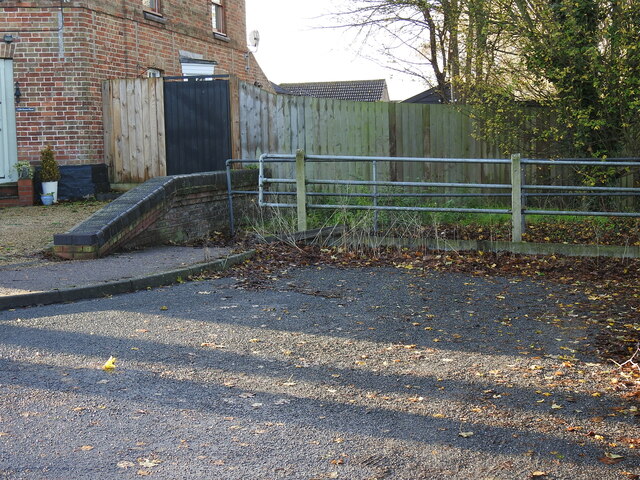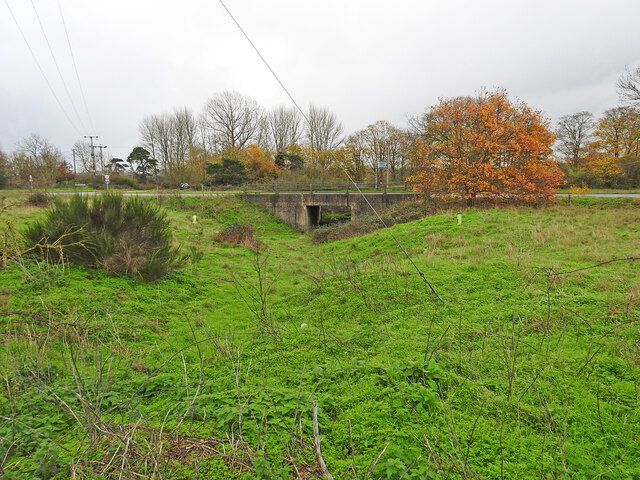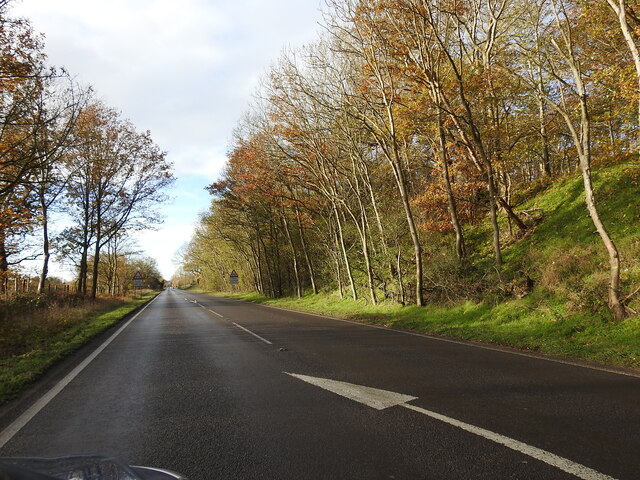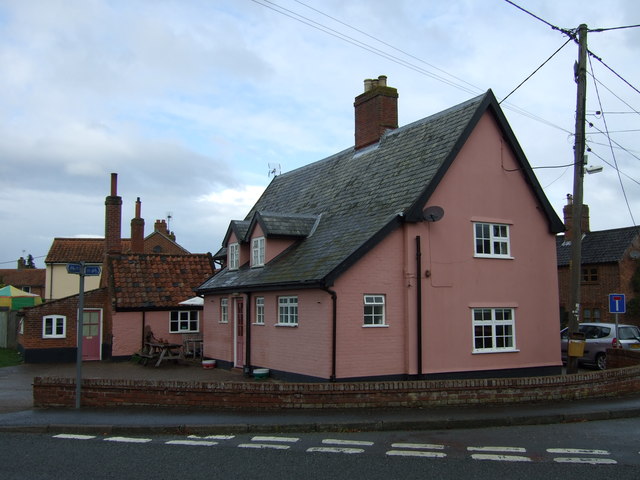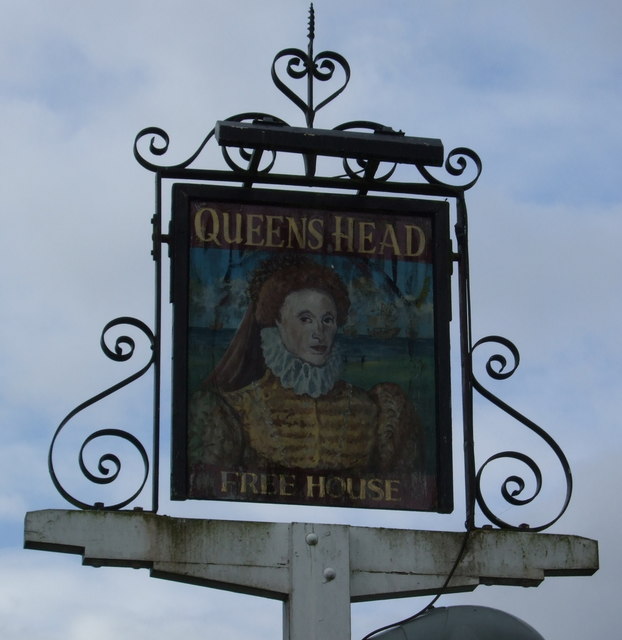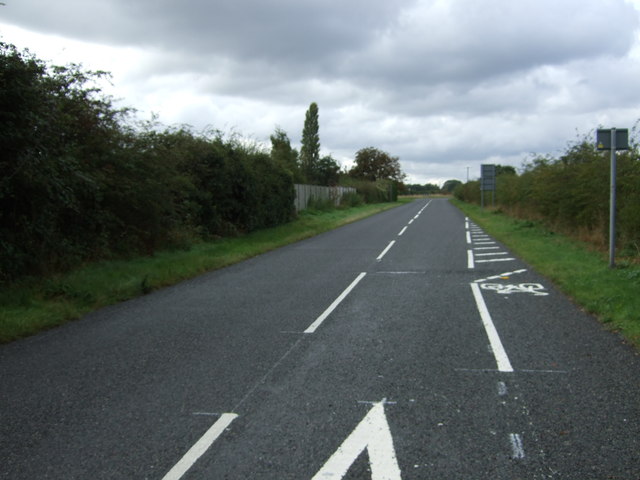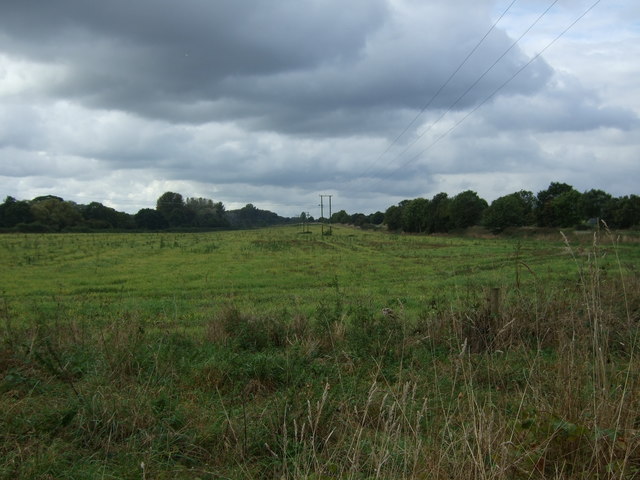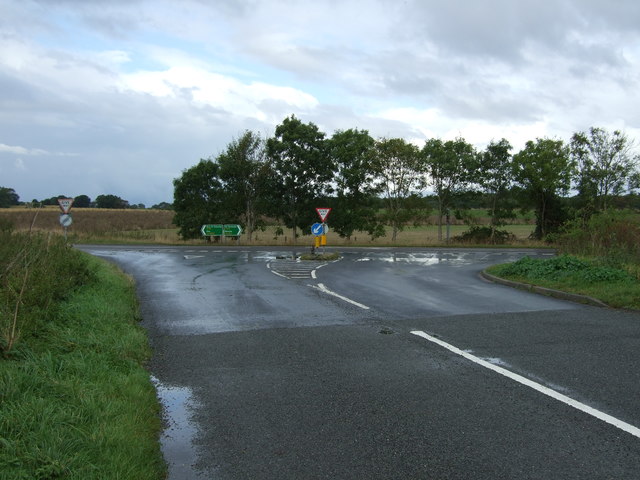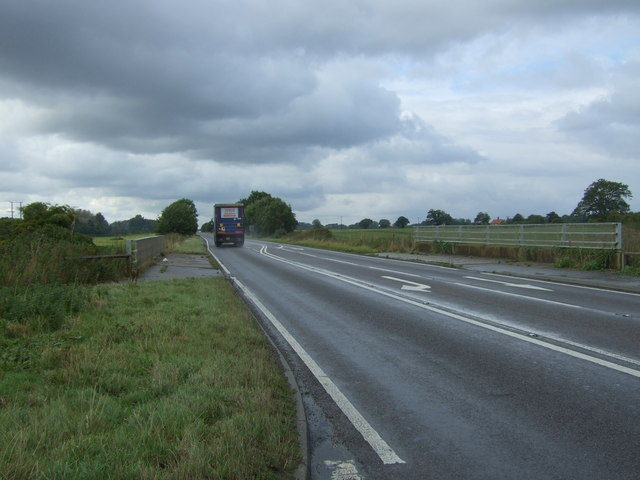Buck Hills
Wood, Forest in Norfolk South Norfolk
England
Buck Hills
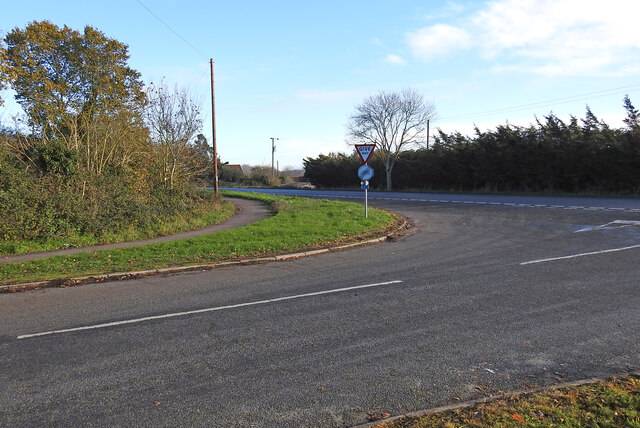
Buck Hills, located in Norfolk, is a picturesque wood and forest area that covers a sprawling expanse of land. Nestled amidst the scenic beauty of the Norfolk countryside, Buck Hills is a haven for nature lovers and outdoor enthusiasts alike. The woodland is characterized by its dense and diverse vegetation, comprising mainly of oak, beech, and chestnut trees, which create a rich and vibrant canopy.
The forest floor is carpeted with a variety of wildflowers, ferns, and moss, adding to its enchanting charm. Buck Hills is home to a diverse range of wildlife, including deer, rabbits, squirrels, and a myriad of bird species, making it an ideal destination for wildlife spotting and birdwatching.
Traversing through the woodlands, visitors will find a network of well-maintained trails, providing opportunities for leisurely strolls, peaceful hikes, and energizing runs. These trails wind through the forest, offering breathtaking views of the surrounding landscape and allowing visitors to immerse themselves in the tranquility of nature. Additionally, Buck Hills features several picnic spots, where families and friends can enjoy a meal amidst the serene and idyllic setting.
The forest is also a popular destination for educational visits and school trips, as it offers a unique learning experience about the local flora and fauna. Educational programs and guided tours are organized throughout the year, enabling visitors to gain a deeper understanding of the woodland ecosystem and its conservation efforts.
Overall, Buck Hills in Norfolk is a captivating wood and forest area, providing a sanctuary for both nature enthusiasts and those seeking solace in the serenity of the outdoors.
If you have any feedback on the listing, please let us know in the comments section below.
Buck Hills Images
Images are sourced within 2km of 52.439669/1.3955656 or Grid Reference TM3087. Thanks to Geograph Open Source API. All images are credited.

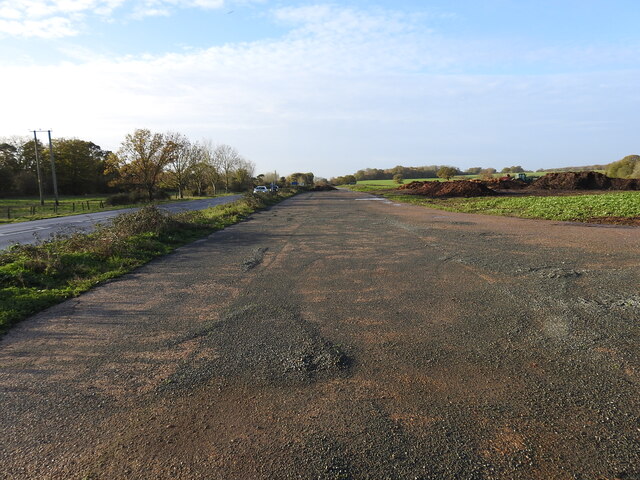
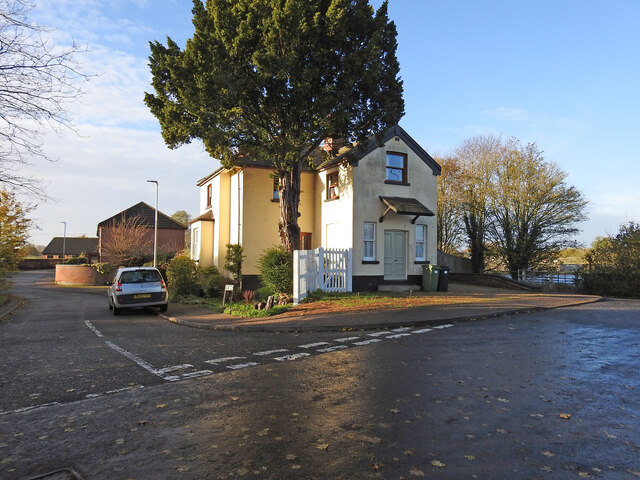
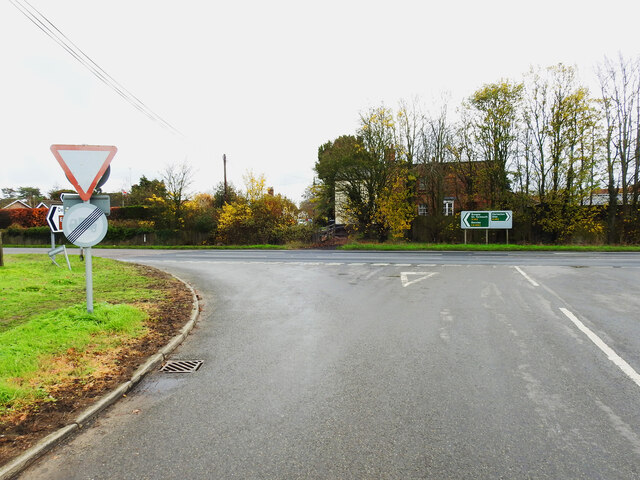
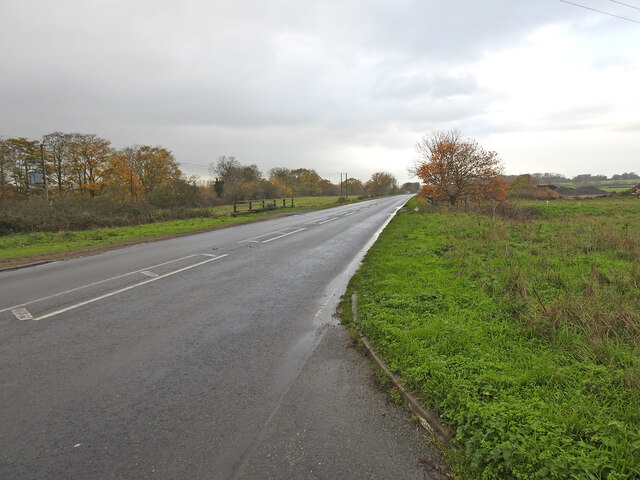
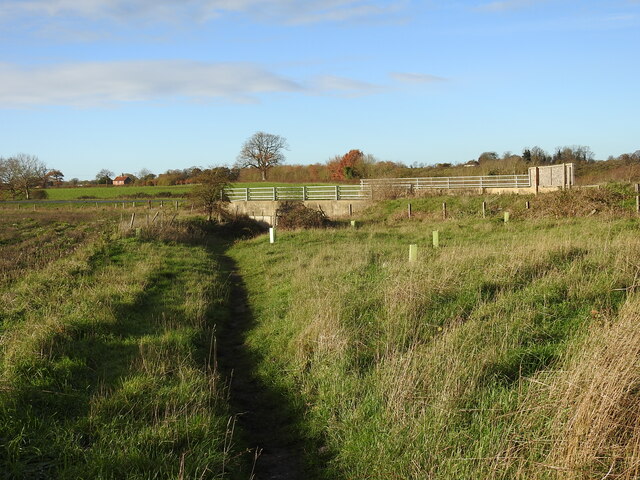
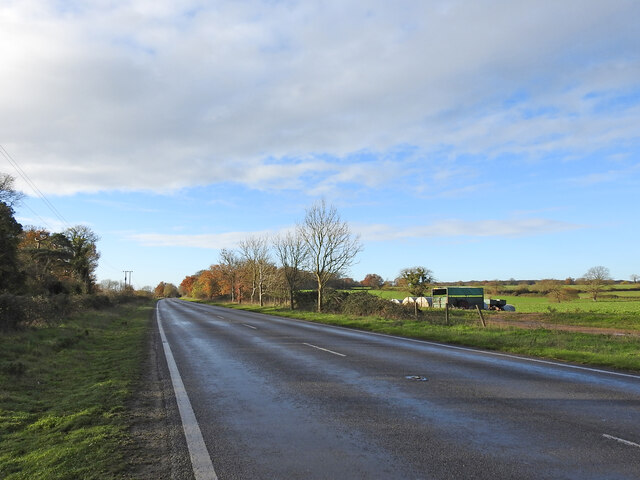
Buck Hills is located at Grid Ref: TM3087 (Lat: 52.439669, Lng: 1.3955656)
Administrative County: Norfolk
District: South Norfolk
Police Authority: Norfolk
What 3 Words
///condiment.stun.revamped. Near Bungay, Suffolk
Nearby Locations
Related Wikis
Flixton, The Saints
Flixton is a village and civil parish located in the north of the English county of Suffolk. It is around 2 miles (3.2 km) south-west of Bungay in the...
RAF Bungay
Royal Air Force Bungay or more simply RAF Bungay (known locally as Flixton) is a former Royal Air Force station located 3 miles (4.8 km) south-west of...
Flixton Priory
Flixton Priory was a nunnery under a prioress following the Augustinian rule, which formerly stood in the parish of Flixton in the north of the English...
Earsham railway station
Earsham was a railway station in Earsham, Norfolk, England. It was located on the Waveney Valley Line which connected Beccles with the Great Eastern Main...
Nearby Amenities
Located within 500m of 52.439669,1.3955656Have you been to Buck Hills?
Leave your review of Buck Hills below (or comments, questions and feedback).
